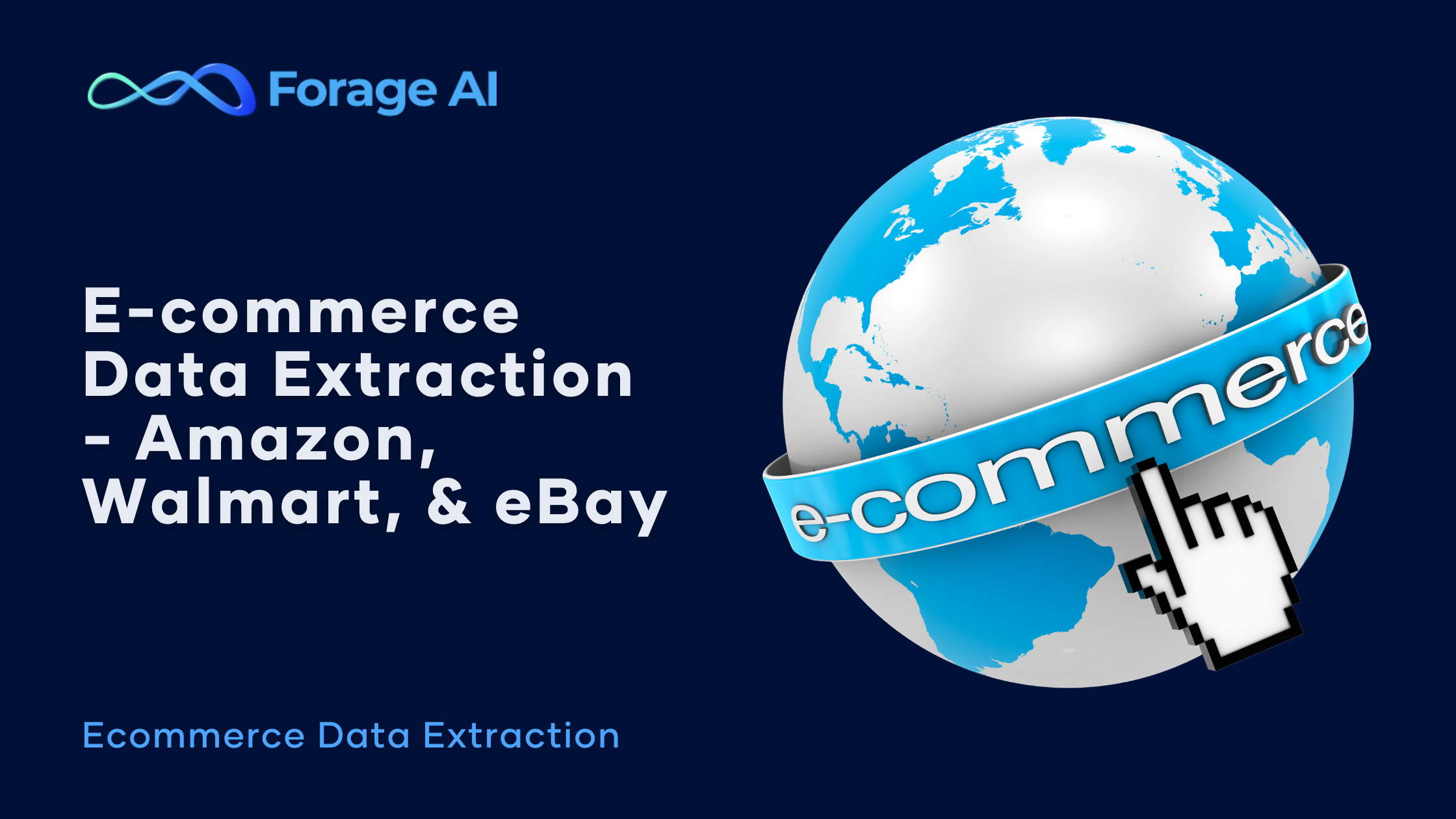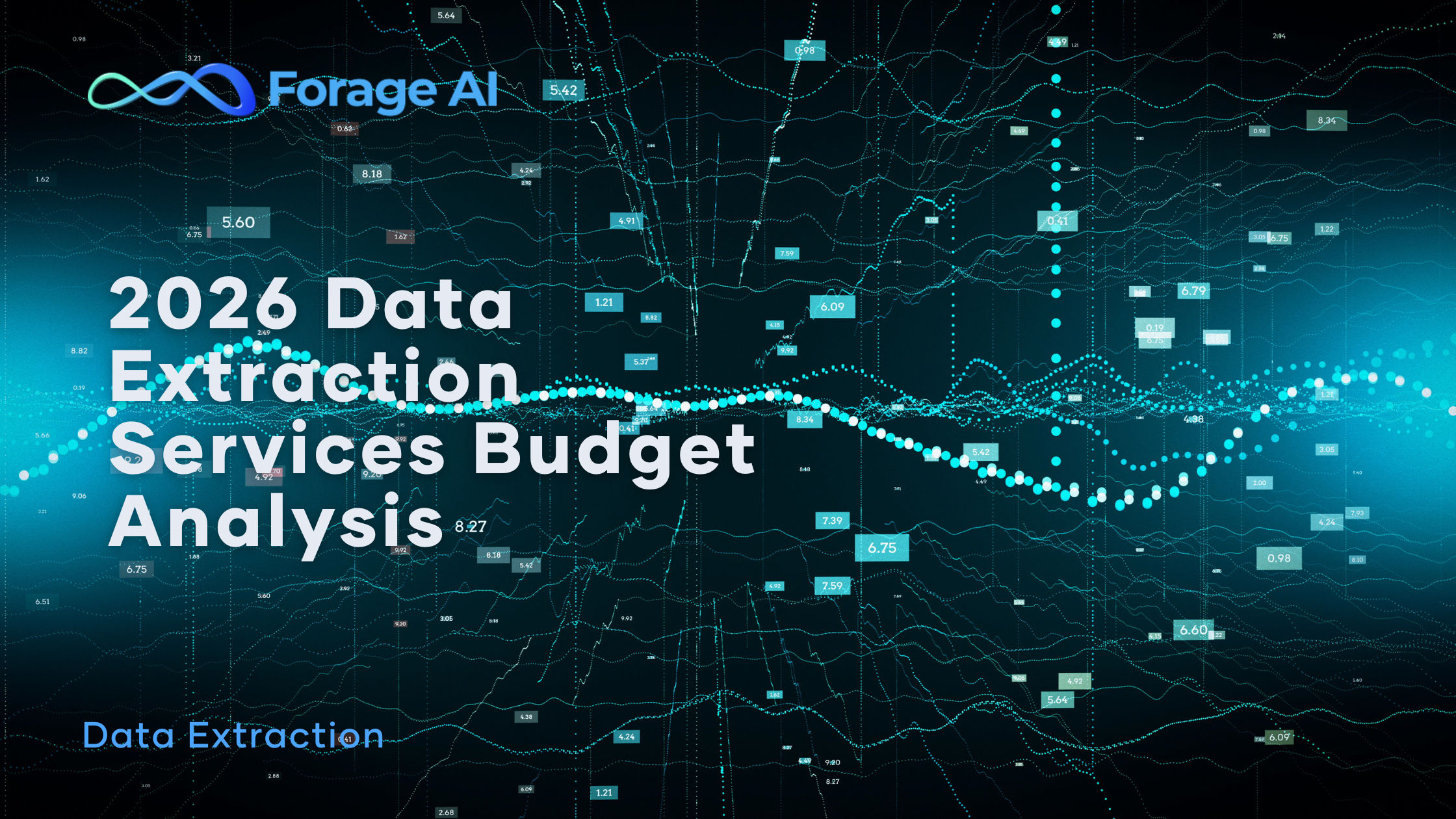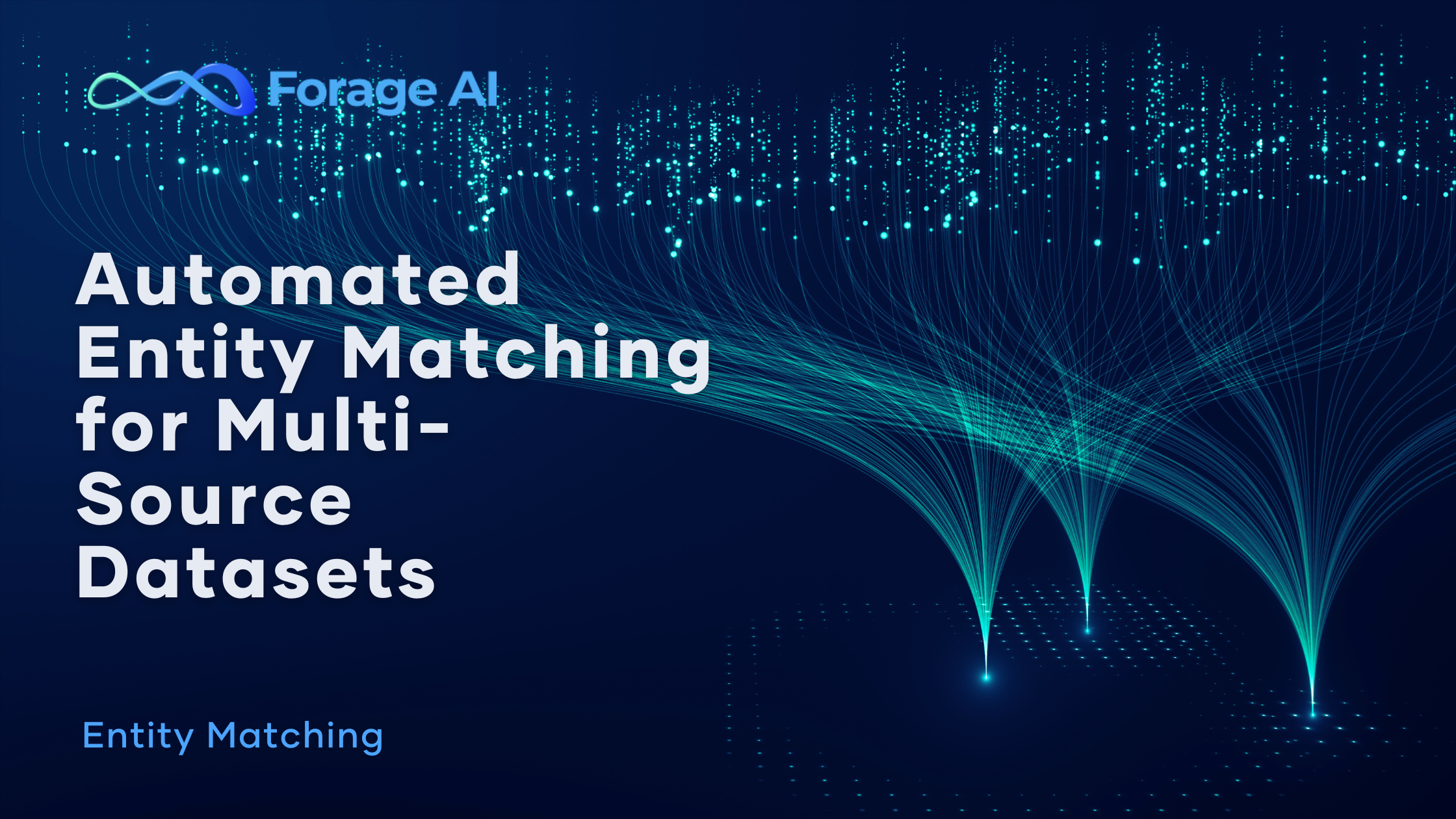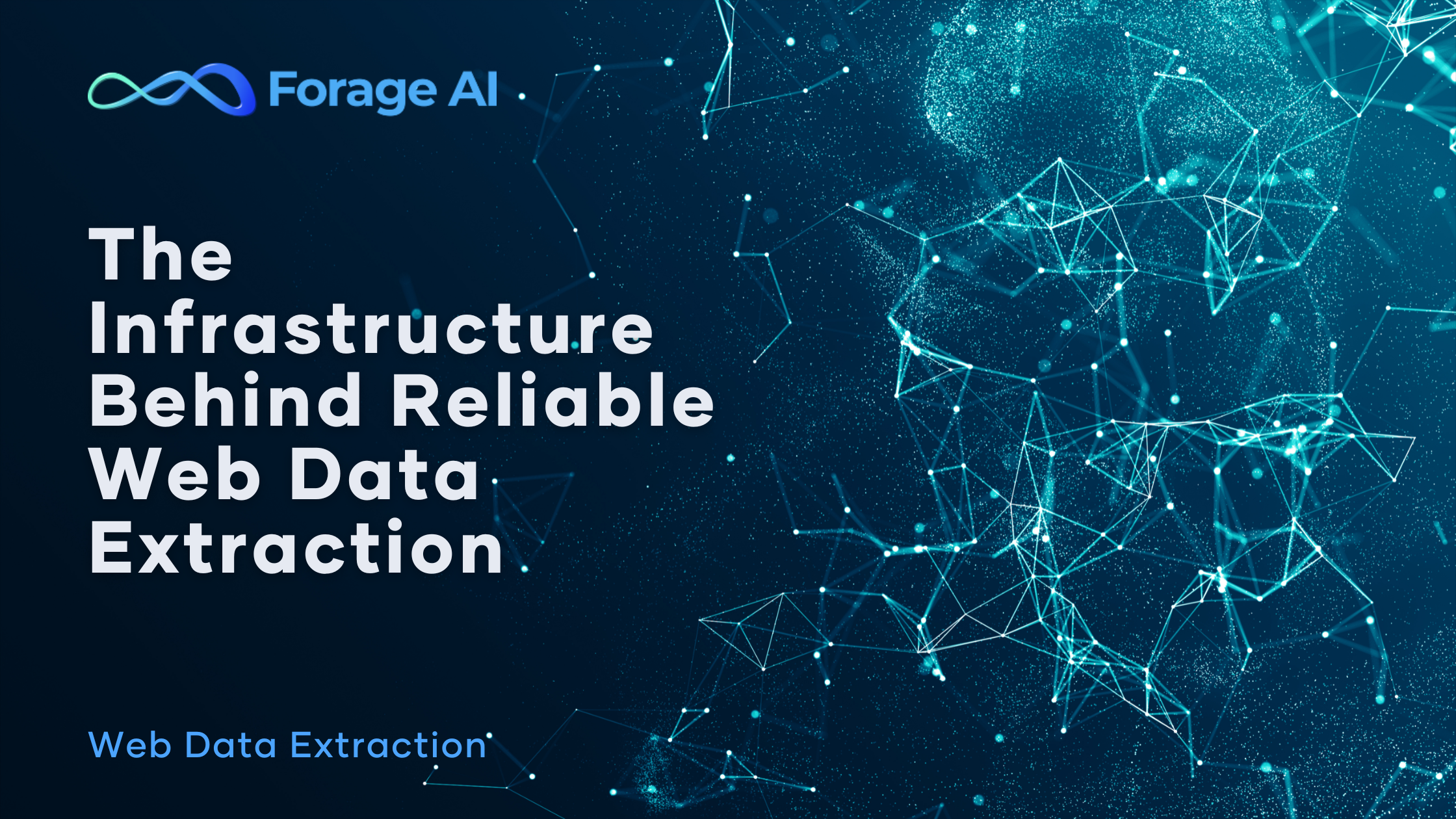Every second, new products, reviews, and price changes flood platforms like Amazon, Walmart, and eBay. For e-commerce businesses, this constant flow isn’t just noise—it’s a goldmine of opportunity. Capturing and organizing this product data allows you to track competitor pricing, spot market trends, and make smarter business decisions.
But how do you actually extract this valuable data at scale that makes sense for your business?
Many businesses start with the official marketplace APIs. These offer structured access to product catalogs but often come with limitations: restricted access, limited datasets, and strict usage quotas. Increasingly, as businesses grow, they are turning to AI-powered automated product data scraping that is custom-designed for their data pipeline. This advanced approach captures datasets that perfectly fit the business requirements and adapts seamlessly to platform changes without constant manual adjustments.
In this article, we will explore the differences between API-based and intelligent data extraction for Amazon, Walmart, and eBay, and explain why your choice is critical for your competitive strategy.
What Are Marketplace APIs?
If your business is starting to explore e-commerce data extraction, you’ll find marketplace APIs particularly interesting. Marketplaces and e-commerce platforms provide APIs primarily for developers, sellers, and affiliates. These APIs expose specific parts of their product catalogs in structured formats like JSON or XML. APIs are excellent for precise, authorized tasks, such as managing your own inventory or building simple affiliate links. However, their limitations become clear when you need deep competitive intelligence and market analysis.
Examples:
- Amazon Product Advertising API – For affiliates to retrieve ASINs, prices, and availability.
- Walmart Open API – For approved partners to access product listings and stock data.
- eBay Developer API – Rich listing and seller data for developers building tools.
Pros of Marketplace APIs:
- Official and supported by the marketplace.
- Provides structured, clean data outputs.
- Relatively easy to integrate into applications.
Cons:
- Stricter usage quotas limit the amount of data you can collect.
- Limited data types are included, frequently excluding reviews, promotions, or detailed seller tactics.
- May not reflect real-time site changes immediately.
APIs are useful for specific, sanctioned tasks, but they fall short for comprehensive competitive intelligence and market analysis.
What Is Custom Product Data Extraction?
Unlike APIs, which only provide the data that marketplaces choose to share, custom e-commerce scrapers dynamically collect product details directly from website pages. Modern AI-powered scrapers significantly improve upon outdated methods that often fail due to website updates, ensuring a continuous data flow without the need for constant manual intervention.
Modern AI-powered systems can:
- Parse unstructured website content in real time.
- Adapt automatically when website layouts or anti-bot defenses change.
- Normalize diverse product information into highly structured e-commerce datasets.
- Apply Natural Language Processing (NLP) to analyze reviews and customer sentiment.
The main advantage is the reliability and scalability of the data: automated extractors, free from API limitations, can capture the entire competitive landscape, including intricate price shifts and promotional patterns, while ensuring accuracy and deliverability.
Now let’s find out which method is right for you.
Amazon: APIs vs Custom Extraction
Amazon is the giant of e-commerce, but its vast catalog, complex product relationships, and extensive review ecosystem present unique challenges for data collection.
Amazon API
- Provides product titles, ASINs, prices, and basic availability.
- Typically excludes detailed reviews, sentiment analysis from ratings, or historical pricing data.
- Restricted to affiliates and subject to strict request limits.
Custom Data Extraction
- Comprehensive Data Capture: Collects all desired product details, including complete Amazon review datasets for deeper analysis.
- Real-time Monitoring: Continuously tracks price history, discounts, and seller performance, enabling immediate response to market shifts.
- Granular Insight: Accurately distinguishes between sponsored and organic listings, providing clearer competitive intelligence.
Example: A fashion retailer building a fashion database of best-selling apparel on Amazon illustrates this perfectly. They need to go beyond the API to include customer reviews for sentiment analysis, which helps identify key features (e.g., fabric quality, sizing accuracy) that customers value most. This depth of insight is unavailable through standard APIs.
Walmart: APIs vs Custom Extraction
Walmart is expanding its online marketplace rapidly in the U.S., particularly in groceries, apparel, and consumer goods.
Walmart API
- Provides structured data for approved developers.
- Useful for basic catalog synchronization and inventory tracking.
- Offers limited category access and generally lacks customer reviews or insights into pricing trends.
AI-powered Custom Scraping
- Captures dynamic pricing changes across various regions and product categories.
- Extracts comprehensive review datasets for sentiment and trend analysis.
- Identifies promotional cycles, such as seasonal discounts or flash sales.
Example: A CPG (Consumer Packaged Goods) brand monitoring retail stats across Walmart’s grocery section can build a custom data extraction solution to track pricing changes by zip code, enabling localized promotion strategies that standard APIs simply cannot support.
eBay: APIs vs Custom Extraction
Unlike Amazon and Walmart, eBay’s unique blend of auction-style and fixed-price listings adds another layer of complexity to data extraction.
eBay API
- Offers strong structured access to product listings and seller profiles.
- Well-suited for developers creating bidding or inventory management applications.
- Typically does not capture dynamic bid activity or intricate auction closing strategies.
Next-Gen Custom Scrapers
- Track auction bids and “Buy-It-Now” prices in real time.
- Monitor seller reputation, shipping policies, and promotional tactics.
- Capture detailed marketplace data for in-depth competitive analysis.
Example: An electronics reseller leverages custom extraction to monitor auction dynamics for high-demand items. This allows them to identify when bids spike and adjust their own listing prices and availability, providing insights that the API cannot.
Beyond APIs: Why Custom Data Extraction Wins
While APIs are valuable tools, they are not designed for the depth of competitive intelligence businesses need today. Smarter scraping pipelines provide businesses with a distinct advantage:
- Comprehensive Datasets: Access any dataset, including reviews, pricing history, availability, and promotions.
- Normalized E-commerce Databases: Clean, deduplicated data consistent across all marketplaces.
- Competitive Pricing Intelligence: Detecting competitor price drops or flash discounts instantly.
- Retail Trend Spotting: Building specialized fashion datasets or tracking emerging product categories.
- Scalable Pipelines: Processing millions of records without hitting restrictive API limits.
Think of it this way: APIs give you a slice of the picture. Custom data extraction give you the whole canvas.
Building a Workflow: From Data to Insights
Collecting data is just the first step. Here’s how to transform raw extracted data into actionable business value:
- Extract: Use APIs or AI-powered data scrapers to capture raw e-commerce data.
- Normalize: Standardize product titles, SKUs, sizes, and attributes across different platforms.
- Validate: Remove duplicates, fill in missing fields, and run checks for data anomalies.
- Store: Push the cleaned data into a centralized e-commerce database or data warehouse.
- Integrate: Feed the data into your existing BI dashboards, ERP systems, or pricing engines.
- Analyze: Create reports on competitive pricing, product performance, and customer sentiment.
- Act: Adjust pricing strategies, launch targeted campaigns, or optimize products based on these insights.
Data-driven companies often partner with experts like Forage AI to streamline e-commerce data extraction, allowing their teams to focus on generating actionable insights without the burden of managing changing webpage layouts, ensuring data quality, preventing bans, or maintaining pipelines. Simply get the precise data you need, in the format and on the schedule you want.
Level up your business with data insights
- Fashion & Apparel: Build comprehensive multi-platform fashion databases for precise market and trend forecasting.
- Electronics: Track fast-changing SKUs and identify emerging products quickly and maximize your profits.
- CPG & Grocery: Monitor regional stock levels and retail stats across major platforms like Walmart. Explore new markets and introduce new products.
- B2B & Wholesale: Manage e-commerce supply system by analyzing seller data and market opportunities.
Across industries, the value is clear: richer e-commerce data means faster decisions and sharper strategies.
Ready to unlock complete pricing, review, and trend data? Talk to our experts





